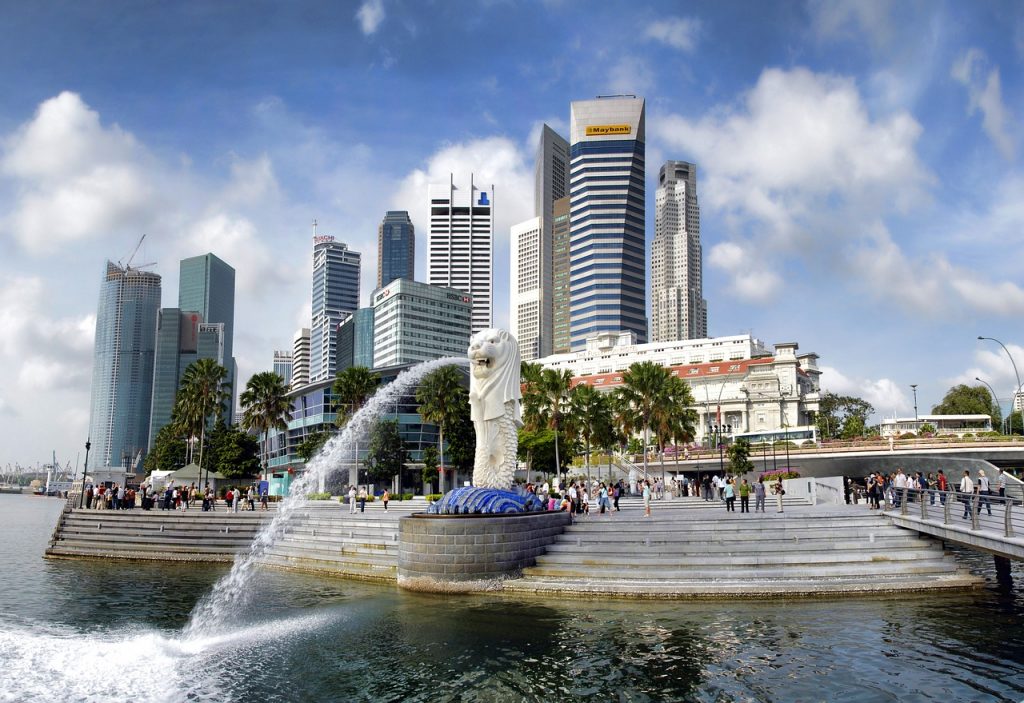- Singapore’s transport success hinges on sustainability, leveraging limited land and focusing on eco-friendly transport options.
- Technological advancements and innovative solutions spearhead Singapore’s transport evolution for efficiency and improved commuter experiences.
- A seamless multi-modal transport network in Singapore addresses congestion and elevates sustainable travel within the dense cityscape.
- Public-private collaborations in Singapore serve as pillars for transport innovation, sharing expertise for infrastructure projects like Tuas Mega Port.
As Singapore strides into the future, the foresight and innovation in its transport infrastructure play a crucial role in shaping the city-state’s economic prosperity and the quality of life for its residents. The commitment to efficiency, sustainability, and adaptability has been a hallmark of Singapore’s approach, earning global recognition.
This blog distills five pivotal lessons from industry leaders that outline the strategies and mindsets driving the evolution of Singapore’s transport landscape. These insights are essential for policymakers, urban planners, and the public alike, offering a roadmap for building a resilient and robust transport system capable of meeting tomorrow’s challenges. This can greatly benefit not just Singapore but also serve as a model for other countries looking to develop their transport infrastructure.
Lesson 1: Prioritize Sustainable Practices
Singapore is a small island nation with limited land resources, making sustainability an urgent and pressing concern. As highlighted by the CEO of the SMRT Corporation, Ngien Hoon Ping, Singapore must prioritize sustainable practices to ensure the long-term viability of its transport system. Along with the SMRT CEO, other leaders in the transport industry have emphasized the need for eco-friendly solutions.
This includes promoting eco-friendly modes of transportation such as cycling and walking, investing in low-emission vehicles, and implementing energy-efficient measures in public transport. Additionally, the government has also set ambitious targets for reducing carbon emissions from the transport sector, further emphasizing the commitment to sustainability.
Lesson 2: Embrace Technology and Innovation
The transport industry is constantly evolving with the rapid advancements in technology. As such, it is crucial for Singapore to embrace technology and innovation to stay ahead of the curve. This sentiment is echoed by leaders of transport companies who have invested in autonomous vehicles and digital solutions to improve efficiency and enhance the commuter experience.
Lesson 3: Create a Seamless Multi-Modal Network
In a densely populated city like Singapore, creating a seamless multi-modal transport network is essential for the smooth and efficient movement of people and goods. Leaders from the Land Transport Authority (LTA) emphasize the need for integrated and interconnected transport options, including public transport, private cars, bikes, and even drones. This approach not only reduces congestion but also promotes sustainable travel.
Lesson 4: Prioritize Safety and Accessibility

Transport safety and accessibility are non-negotiable priorities for Singapore’s leaders. According to experts from the LTA, this requires a holistic approach that goes beyond infrastructure and includes the following aspects:
Education
Education and awareness campaigns are essential for promoting safe and responsible travel behavior among commuters. This includes educating the public on road safety rules, etiquette for using public transport, and promoting a culture of mutual respect among different modes of transportation.
Technology
Advancements in technology can greatly improve transport safety and accessibility. This includes features like real-time traffic information, smart navigation systems, and collision avoidance technology. Tech-driven solutions can also help cater to the needs of vulnerable populations, such as the elderly or persons with disabilities.
Enforcement
Strict enforcement of traffic laws and regulations is crucial for ensuring the safety of commuters. This requires cooperation between transport authorities and law enforcement agencies to monitor and penalize reckless driving behavior.
Continuous Improvement
The pursuit of continuous improvement in safety standards should be an ongoing effort. Leaders from the LTA stress the importance of constantly reviewing and updating safety measures to keep up with changing trends and technologies.
Safety and accessibility are essential for creating an inclusive transport system that caters to the needs of all individuals, regardless of age or ability.
Lesson 5: Foster Public-Private Partnerships

Collaboration between the public and private sectors is essential for developing a strong transport ecosystem. The leaders of transport companies emphasize the importance of fostering partnerships to drive innovation, share resources and expertise, and promote sustainable growth. This has been crucial in Singapore’s development of its transportation infrastructure, with public-private partnerships playing a significant role in several projects, such as the Tuas Mega Port and the high-speed rail to Malaysia.
Singapore’s transportation story is one of foresight, innovation, and collective resolve. Its principles of sustainability, technology, safety, accessibility, and public-private partnerships offer valuable insights for cities worldwide. As Singapore continues to refine its systems, it serves as a beacon of what is possible with unwavering commitment. The pursuit of excellence in transport is a journey of constant evolution and shared learning.



